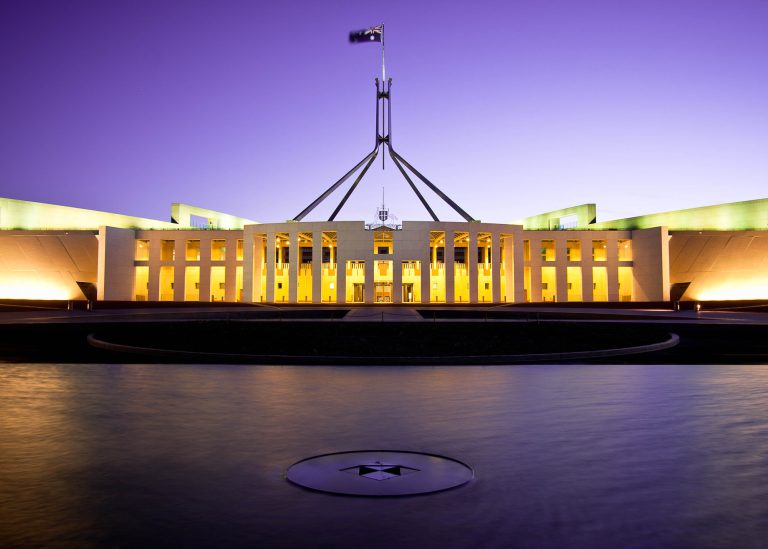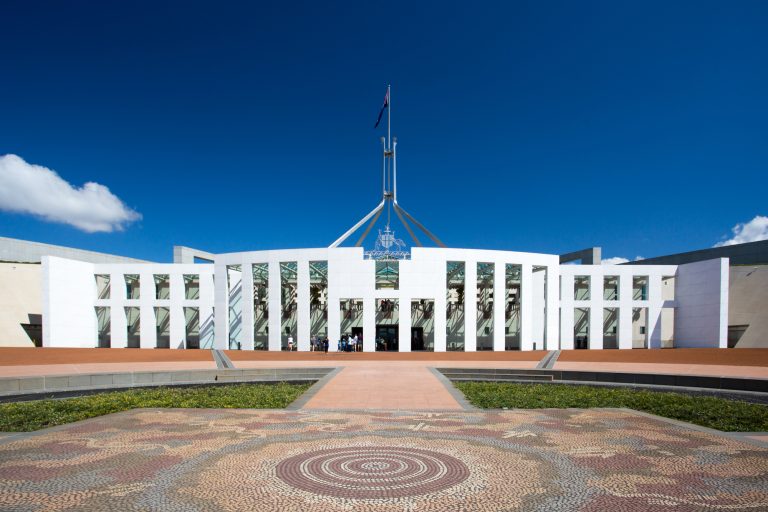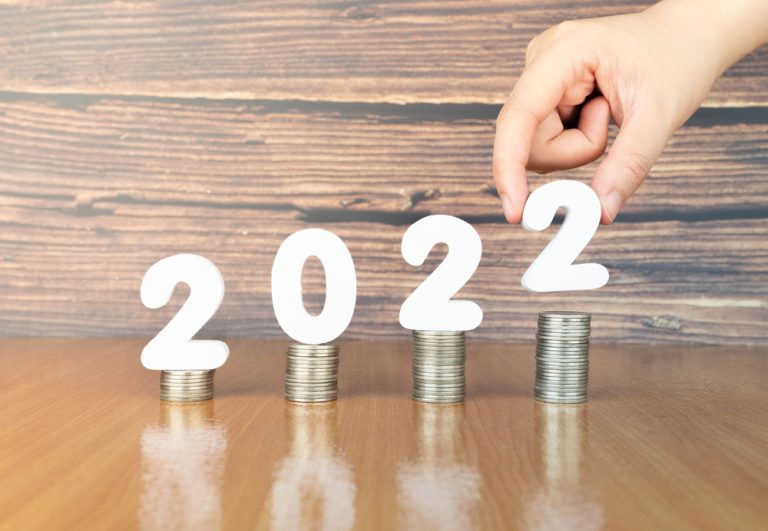Why Budgeting Sucks (and What to Do Instead)
Why Traditional Budgeting Fails We’ve all been told that the key to managing money is to create a budget and stick to it. Track every dollar, set spending limits, and…

Why Traditional Budgeting Fails We’ve all been told that the key to managing money is to create a budget and stick to it. Track every dollar, set spending limits, and…

Australian Bureau of Statistics, (ABS) figures indicate that between 2017-2018 and 2019-2020 total average household debt rose from $190,000 to $204,000. That’s an increase of over 7% in two years! …

In the quest for financial stability and success, we often focus on tangible elements like earning more money, saving diligently, or investing wisely. But have you ever stopped to consider the…

When building a home, it’s often said that the foundations are the most important part. Their primary purpose is to hold your house up – supporting the structure and preventing…

Lady Luck has once again looked down fondly upon Australia, creating the first Federal Budget surplus in 15 years, through a higher tax take on record export earnings and increasing…

If your fixed interest rate expiry is coming up, you might have started to think about what happens next and what action you need to take. Or you might be…

Debt can be overwhelming and stressful, but creating a plan to pay it off can help ease that burden. In Australia, household debt is on the rise, with the average…

While the standard of living is constantly improving in Australia, economic disruptions, stagnant wage growth and continually increasing house prices are putting more and more people under financial stress. A…

Just as the Grinch stole Christmas, excess spending can rob us all of yuletide happiness. Seasonal credit card splurges can create ballooning long term debt, while unnecessary consumption inevitably leads…

A sudden uptick in the unemployment rate and slower economic growth combined with continued strong inflationary pressures are set to test the Australian economy during the next two years, according…

Credit cards certainly make life easier – they are simple to use, accepted almost everywhere, and help you to buy what you want, when you want, particularly online. So much…

As the end of financial year fast approaches, there is still time to consider the strategies available to you this June 30 to build your wealth, some of which are…

The Federal Government has delivered a big-spending 2022 budget, taking immediate steps to reduce cost of living pressures for working Australians while implementing a range of massive infrastructure and defence…

Talk about hammering the plastic. In November 2021, Australia’s 13.2 million credit card accounts were used to make over 292 million transactions with a total value of $31.9 billion. Card…

Another year is over. Did you achieve everything you’d hoped? Are you better or worse off financially than you were this time last year? With a new year in front…

Resilience is the ability to quickly recover from setbacks, and while setbacks can come in many forms most of them will have a financial component. So what can you do…

Prior to COVID, we were steadily moving towards a cashless world. Post 2020, even the most resilient of us has made the leap to tap-and-go payments sooner than we expected….

Typically your forties is a time of established careers, teenage kids and a mortgage that is no longer daunting. There are still plenty of demands on the budget, but by…
End of content
End of content